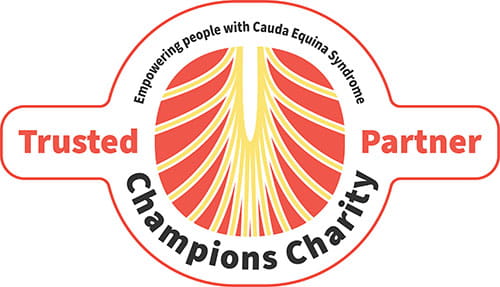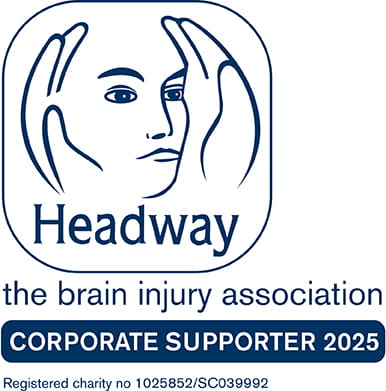The Contaminated Blood Inquiry
The inquiry was launched in 2019 following a 2017 parliamentary report which identified that approximately 7,500 patients were infected with hepatitis and HIV following imported blood products in 1970s and 1980s. Further estimates now put the number of patients who received infected blood products in the region of 30,000 patients.
Many of the patients involved were being treated for haemophilia, which is a bleeding disorder which prevents clotting. A new treatment, called Factor VIII, was approved and contained a clotting agent. The intention of this treatment was to reduce the need for patients with haemophilia to need blood transfusions and prolonged hospital stays for even relatively minor injuries.
The UK was struggling to keep up with the demand for Factor VIII treatment and began to import its supply from the US. To create Factor VIII, it was necessary to use donated human plasma. The donated plasma from the US was being provided by prison inmates and drug users selling their blood, who carried higher risk of blood borne viruses and was pooled together from up to 40,000 donors, increasing the overall contamination risk to each batch. Anyone who received a blood transfusion in the 1970s and 1980s may have received these products and so become affected.
HIV was still a relatively unknown disease and the research and understanding of hepatitis was still in its early stages. In the mid- 1980s knowledge of these diseases had progressed and the blood products began to be heat-treated in order to prevent the transfer of blood borne viruses, although screening of all blood products did not begin until 1991. Since the late 1990s we use synthetic treatment for haemophilia, which has removed the infection of risk from this treatment.
The Treloar’s College Tragedy
Treloar’s College is a school in Hampshire which enables education for disabled young people. During the period involved the school had a specialist NHS haemophilia centre on the campus which was run by an NHS team.
Between 1974 and 1987 children suffering from haemophilia were offered treatment at the NHS centre with the imported Factor VIII clotting agent and at least 72 pupils have been identified as having been contaminated with HIV and hepatitis.
Pupils at the school describe being informed of the diagnosis of hepatitis or HIV shortly after receiving the first few doses, then being sent back to class later that afternoon. Infected students had to live with these diseases, as a result of the lack of medical knowledge at the time they were simply told that it meant a shortened life expectancy. Of the 122 haemophiliacs who attended Treloar’s College between 1974 to 1987, 32 are alive today, with most of the other pupils having passed away from HIV or hepatitis.
What happened with these blood products and at Treloar’s College has been described, by many, as the biggest treatment disaster in NHS history. The families of infected pupils are hoping to get answers from the inquiry about why they were not informed of the potential risks of Factor VIII earlier and why products were not heat treated before the mid-1980s.
Susan Prior, a Partner in the Thames Valley Clinical Negligence team commented:
“We are pleased that the patients and their families will now have the opportunity to tell their stories and we welcome any findings which result in an increase to patient safety and highlight the importance of the duty of candour. Where there are known risks to patients, it is important these are explained appropriately and that patients are given the opportunity to make informed decisions about their treatment. When risks such as these come to light late, patients who have received that treatment must be informed and should receive appropriate and adequate support.”
The Issues the Inquiry Seeks to Address
The inquiry has identified a number of issues, which it seeks to explore. These issues are summarised below and the full list of issues can be accessed via the Infected Blood Inquiry webpage;
- What organisations were or should have been responsible for taking key decisions as to the use of blood and blood products during the relevant period, what structures were in place and to what extent public safety informed decision making;
- What information the Government held during the relevant period regarding the risk of infection and transmission of HIV and hepatitis via blood and blood products and when they first became aware of the risks;
- What the roles, functions and responsibilities of the blood services were, during the relevant period;
- What decisions and actions were taken in respect of heat treatment and who held responsibility;
- The roles, functions and responsibilities of haemophilia centres and the UKHCDO (United Kingdom Haemophilia Centre Doctors’ Organisation) or its equivalent during the relevant period;
- What knowledge and information other NHS bodies had during the relevant period regarding the risk of infection associated with blood and blood products;
- The role of medical practitioners and what level of knowledge and understanding there was within the medical profession regarding the risks of infection associated with blood and blood products and whether appropriate information was provided to people who suffered with bleeding disorders or were treated with blood products, regarding the risk of infection;
- The role of pharmaceutical companies in their supply and their knowledge and communication of the risks;
- The scale and response of those infected with the blood products during the relevant period and whether there has been any cover up, lack of candour and openness regarding the transmission of infection through blood products;
- The impact on the people infected.
We will follow this Inquiry with interest and look forward to hearing the outcome.
Disclaimer
This information is for educational purposes only and does not constitute legal advice. It is recommended that specific professional advice is sought before acting on any of the information given. © Shoosmiths LLP 2025

















